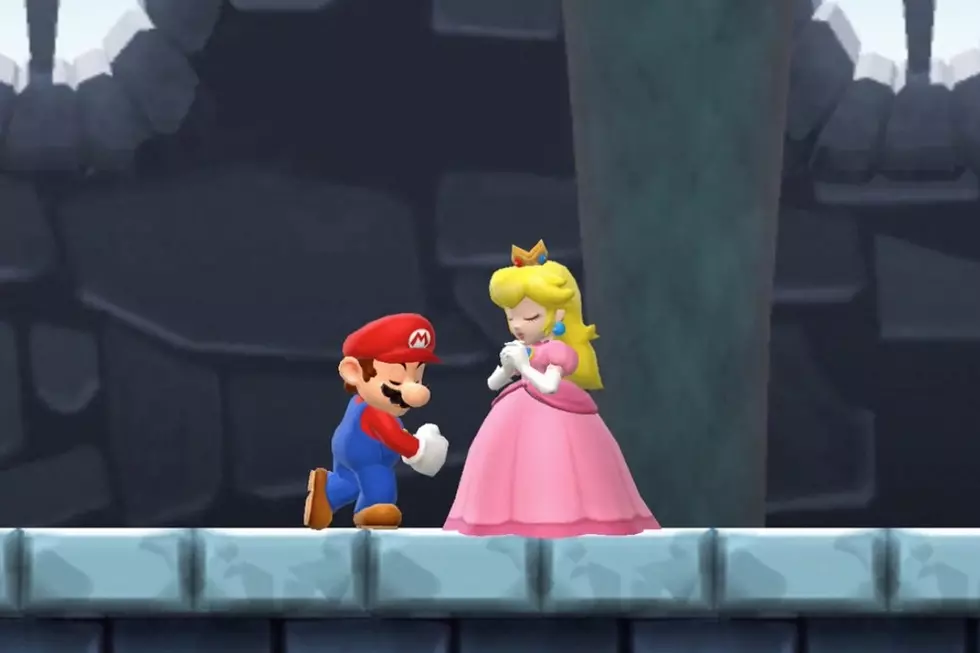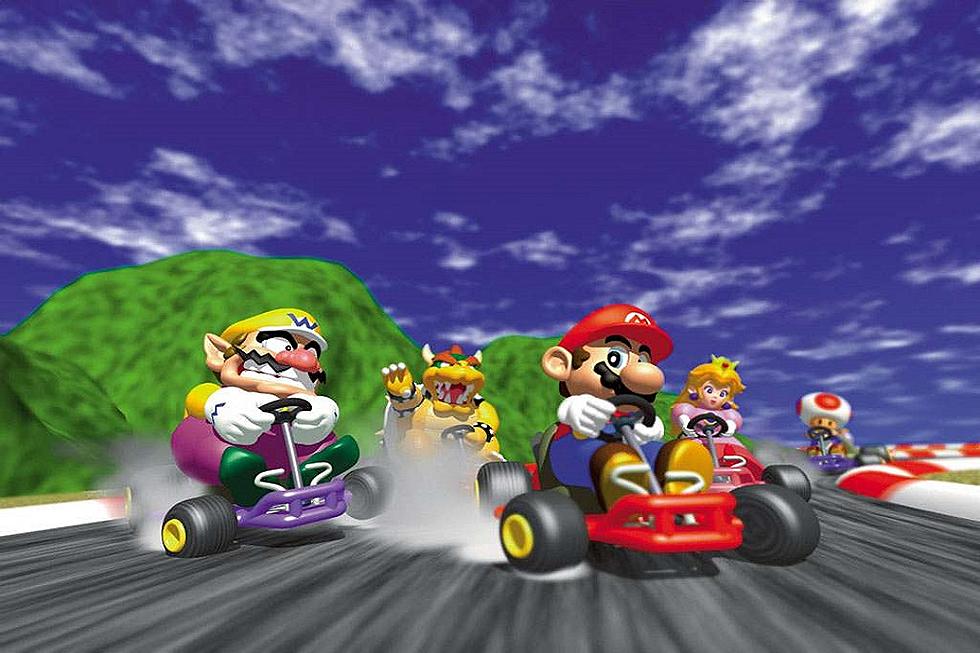
Welcome to Hyrule: The Legend of Zelda Turns 30
Three decades ago, Nintendo released a timeless, action-adventure classic that would redefine the video game experience. Link, Ganon, and Princess Zelda have all hit the big 3-0, and to celebrate, we're going to take a look back at this revolutionary game. First and foremost, we're referring to the game's original release on the Nintendo Famicom, the Japanese system that would be converted into the Nintendo Entertainment System when it went stateside.
Fans of the series should be quite familiar with the first Zelda game. Its prologue doesn't really explain much, but The Legend of Zelda's instruction manual (remember those?) helped flush out the game's lore. The evil Ganon and his army of dark forces invaded the kingdom of Hyrule and stole the Triforce of Power. Princess Zelda split the Triforce of Wisdom into eight pieces and hidden them in dungeons all over the place. It's up to the young hero, Link, to find the Triforce pieces in order to gain the power to take on Ganon and rescue the Princess. While you get all kinds of weapons, explore various dungeons, raid Death Mountain, destroy Ganon, save the Princess, and bring peace to the land, there's a lot more to this adventure than you realize.
As we all know, Shigeru Miyamoto helped create, direct, and design The Legend of Zelda. Takashi Tezuka handled the game's plot and script and their team developed Super Mario Bros. alongside Zelda at the same time. While Mario was all about linear progression and awesome score counts, Zelda was open world and figuring things out on your own. There are all kinds of secrets and ways to finish the first Zelda. Even the Famicom's controller, which had a built-in microphone, was able to detect your voice if you spoke into it, which could eliminate the Pols Voice enemy if you spoke while it was near Link onscreen. Miyamoto was inspired by the exploration he did during his Kyoto-based upbringing in making The Legend of Zelda. He loved exploring forests, finding lakes, hiking, and what not, so he wanted to bring some of that sense of discovery over to the video game format.
Surprisingly, The Legend of Zelda didn't debut on a cartridge format for the Famicom—it actually debuted on the platform's Disk System peripheral. Unfortunately, the Famicom and NES cartridge version of the game had to have a battery installed in order to handle the save data (which retro game collectors today know can die out). The disk format was necessary in order to avoid having a convoluted password system to track your progression.
While The Legend of Zelda is an action-adventure game, its sense of exploration and questing played a huge influence in the role-playing game genre. Its top-down perspective would be highly influential, and countless RPGs and adventure games would emulate its format down the line. More importantly, The Legend of Zelda was met with widespread success, as it was the first NES game to break one million copies sold. We've seen a number of excellent sequels and spin-offs happen over the years. Heck, The Legend of Zelda even had its own cartoon series (excuse me, princess). Hyrule still makes up a large chunk of Nintendo's success. As we await for the Wii U's next entry of the series, we salute The Legend of Zelda for every wonderful memory we ever had playing it and for completely changing the video game scene.
More From Arcade Sushi
![Mario Is a Man of Many Hats in Super Mario Odyssey [Preview]](http://townsquare.media/site/550/files/2017/06/super-mario-odyssey.jpg?w=980&q=75)
![PAX East 2017: Mario Kart 8 Deluxe is More Than Just a Shiny Coat of Paint [Preview]](http://townsquare.media/site/550/files/2017/03/mk8dlx.jpg?w=980&q=75)






![The Nintendo Switch’s Initial Library Preaches Quality over Quantity [Preview]](http://townsquare.media/site/550/files/2017/01/switch-preview-4.jpg?w=980&q=75)
